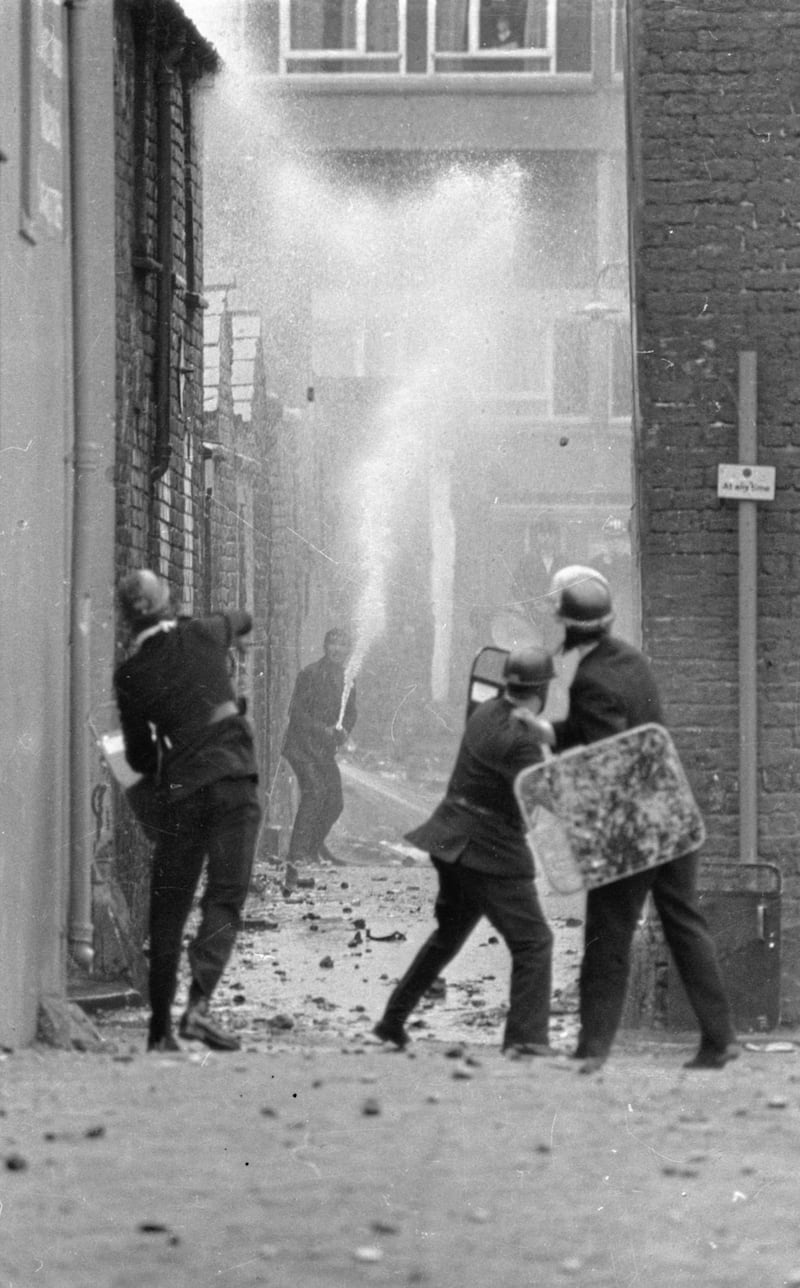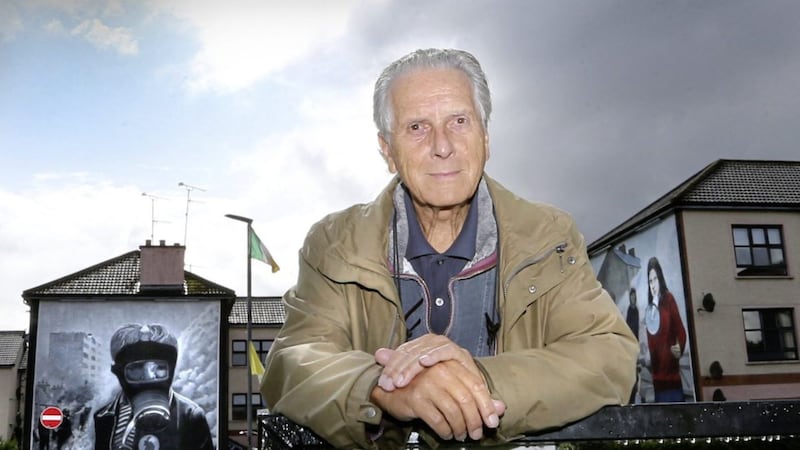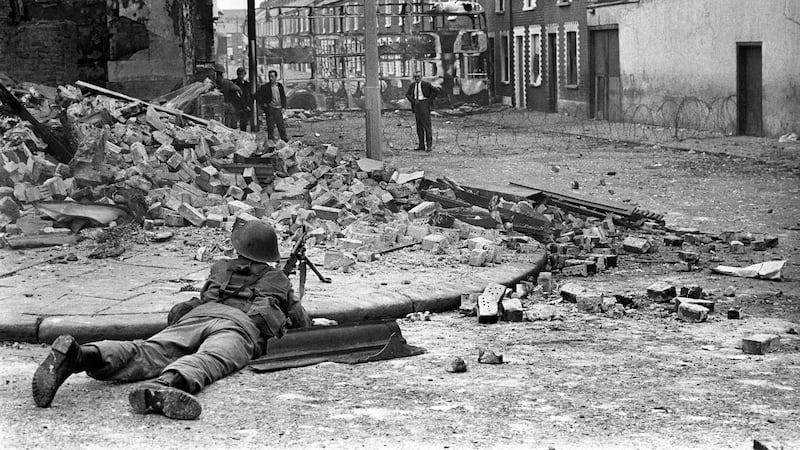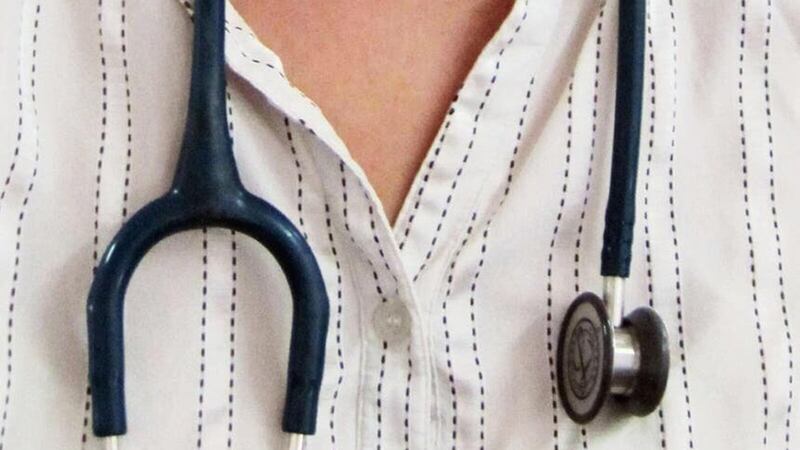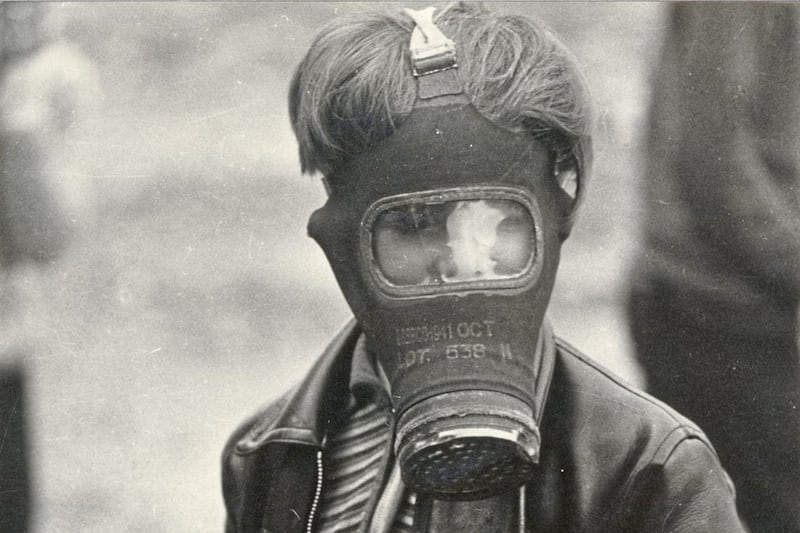The photographer behind the 'petrol bomber' picture from the Battle of the Bogside has been praised as a “gentleman” who had always been welcomed in Derry.
Clive Limpkin (82) - who died at his home in London on Wednesday after suffering from a brain tumour - produced the iconic photographic collection “The Battle of the Bogside” detailing the three-day stand-off between the RUC and nationalists in 1969.
Sparked by the annual August 12 Apprentice Boys’ Relief of Derry march, the ensuing riot brought the RUC to its knees and led to the deployment of the British Army in Northern Ireland.
One of Fleet Street’s best-known photographers, Limpkin worked with The Daily Express, The Daily Sketch and later The Daily Mail. Beyond his Troubles pictures, Limpkin won awards for many of his photographs of figures from 1960s London, including Mick Jagger, Roy Orbison, Ringo Starr and others.
A veteran of war zones around the world, he recalled his disbelief when he was sent to Derry to cover the forthcoming 1969 August march, saying that “wars don’t happen outside Wellworths”.
One of his pictures in particular, a young boy wearing a Second World War gasmask and carrying a petrol bomb became the iconic image of the Battle of the Bogside. He later said he never took a better photograph.
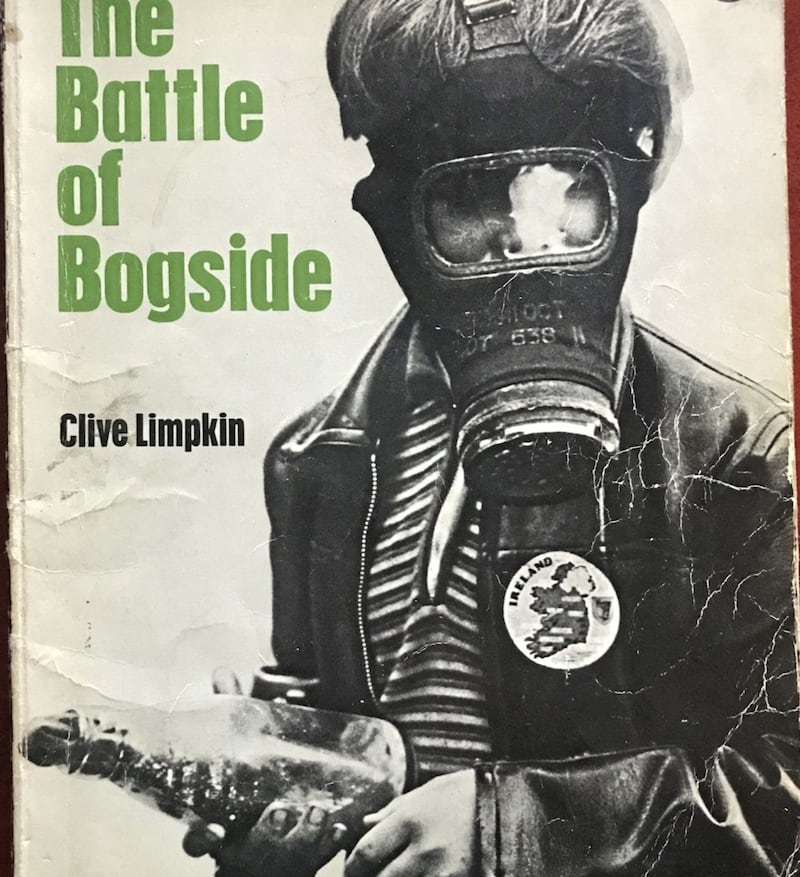
In the introduction to the first edition of The Battle of the Bogside, Limpkin described his work as “an impression of the impasse reached”.
He said: “Compared with Vietnam or Pakistan, Ulster is now more than a scratch, a local irritation. But it doesn’t lessen the madness. It is still a war.”
In his description of 'the Petrol Bomber', he said: “If ever we photographers needed a symbol of the fighting, this was it. Wearing an over-sized gas-mask; a petrol bomb permanently in his hand, so it seemed; and a map of the whole problem on his jacket.
“For hours he taunted the police and troops, ignoring the cameras. He was about eight.”
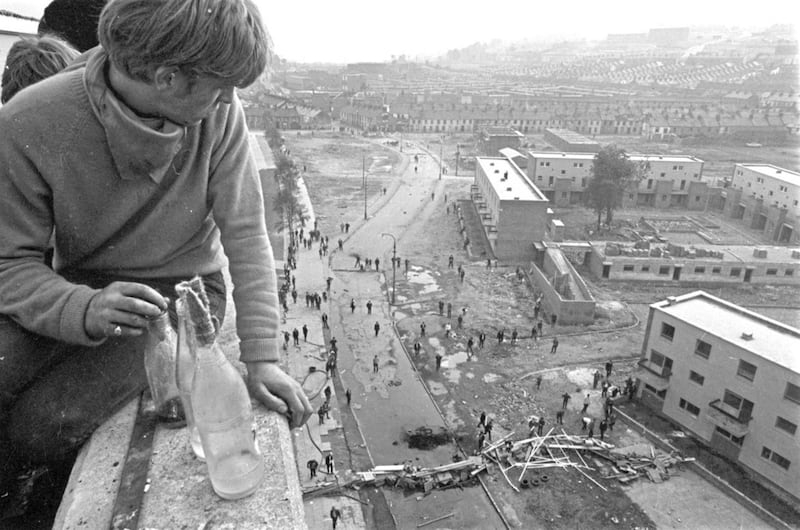
The photographer returned to Derry with his wife, Alex last year for the re-publication, by the city’s Guildhall Press and the Museum of Free Derry, of his book marking the 50th anniversary of the events of 1969.
Guildhall Press manager, Paul Hipsley said working with the photographer was a pleasure.
“He was considerate and gracious in all his dealings with the media and the public, a true gentleman,” Mr Hipsley said.
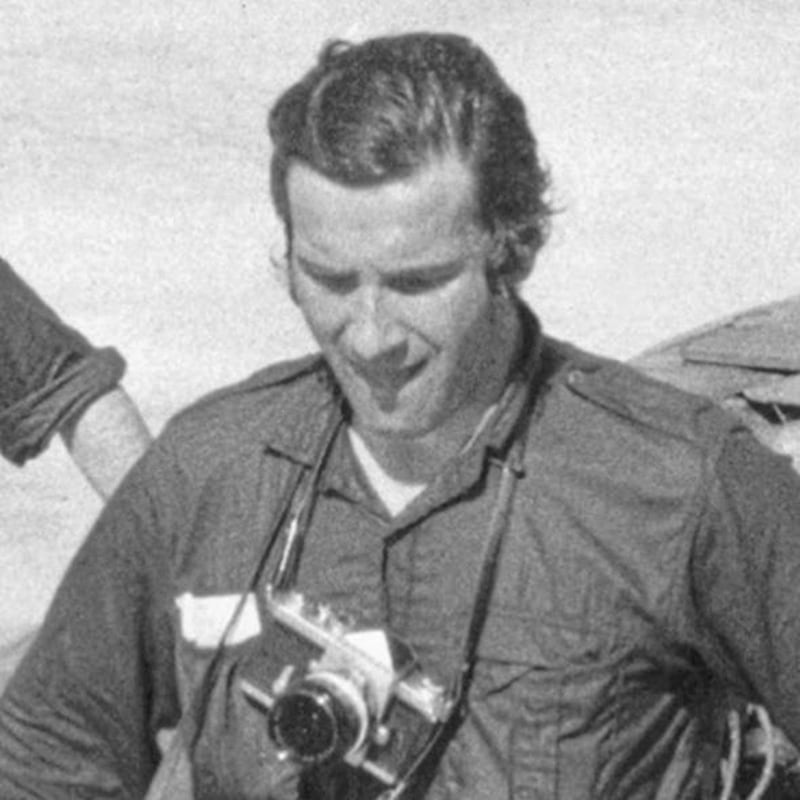
Museum of Free Derry spokeswoman, Julieann Campbell said both the museum board and trust, were devastated at his news of his death.
“We were very grateful to have hosted Clive and his wife, Alex last summer as part of our 50th anniversary programme for the Battle of the Bogside.
“We are thankful to him for entrusting the museum trust and Guildhall Press in re-publishing his most iconic work and breathing new life into it. Our thoughts are with his wife Alex and children. Clive will never bern forgotten here in Derry.”
